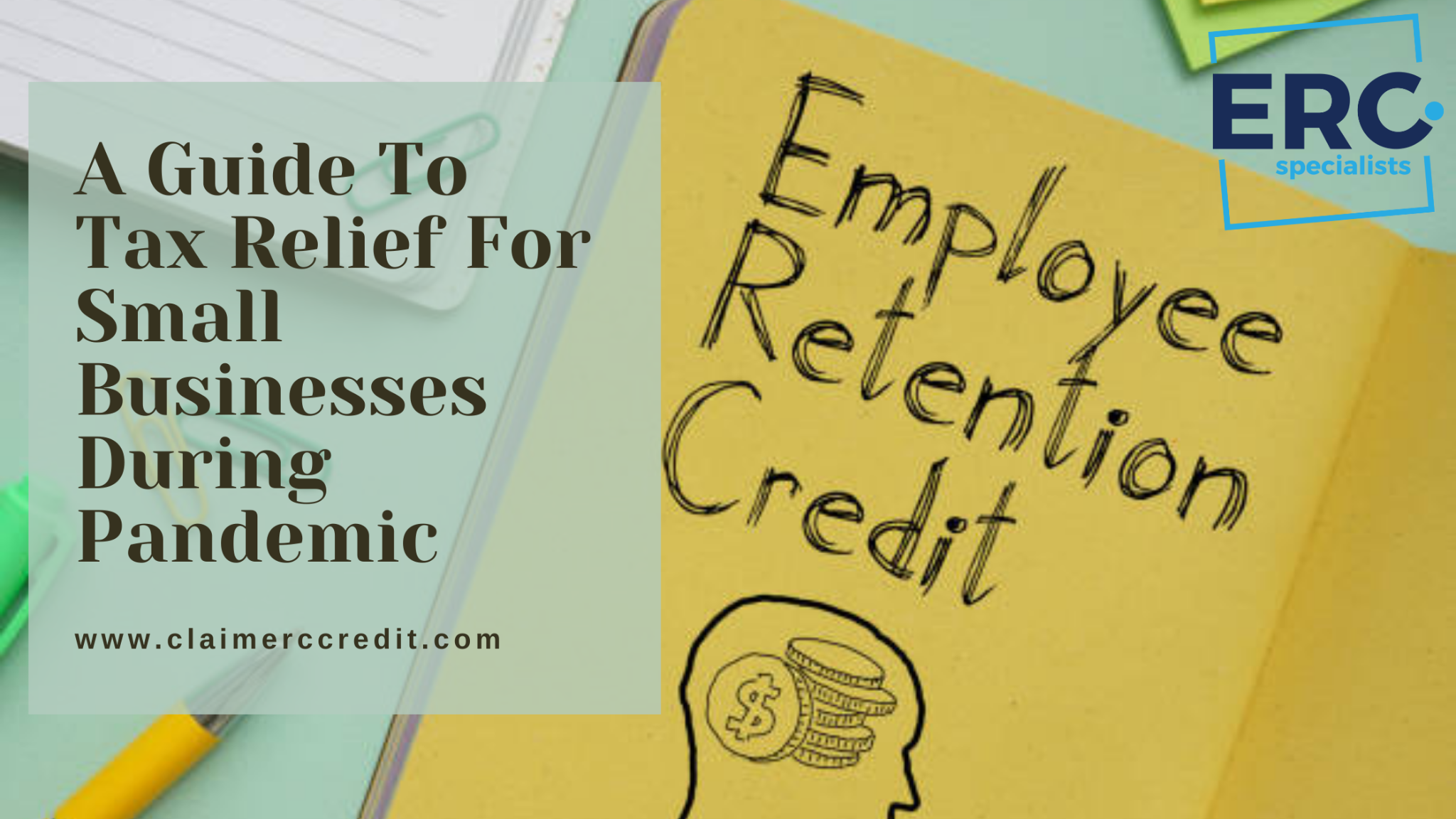Make sure your employees’ health and well-being are protected in the event of an emergency and infectious disease epidemic like COVID-19, which is now affecting small businesses.
Respiratory infection COVID-19 can be transmitted from one person to another by coughing or sneezing. When an infected individual coughs or sneeze, respiratory droplets are released into the air, and these droplets can transmit the disease. It may take 2-14 days for symptoms like fever, coughing, and trouble breathing to show up.
To ensure the safety of your employees and the continuity of your business, take the following steps:
The person in charge of dealing with this serious or infectious disease issues and the effects they have on the workplace should be identified. Here, we are going to give you detailed information on payroll tax relief during this pandemic.
Examine Policies Related To Leave, Telecommuting, And Compensation.
- Employees who are unwell should be able to take time off from work without fear of reprisals.
- Employees who need to remain home to care for sick family members or children due to school or daycare closures should be included in leave policies.
- In order to help establish policies and practices for social distance, including keeping a distance of approximately 2 meters between employees and other persons. Besides, you must use flexible worksites as well as flexible hours such as staggered shifts.
- This is especially important if the social distance is recommended by state and local health authorities.
Things You Have To Do To Provide Better Care To Your Employee During This Period
Awareness About Leave Policy
All employees should be made aware of your leave policy and the many employee support programs that are available. Educate your co-workers and family members on how to keep oneself safe at work and at home.
Identify the necessary people and company functions, as well as other vital inputs such as raw materials, suppliers, subcontractor services/products, and logistics, that are required to keep the firm operating.
Consider measures to keep your business running in the event of a natural or man-made disaster.
If you have a lot of absenteeism, supply chain interruptions, or changes in how you need to do business, you should prepare business continuity plans.
An emergency communications strategy should be put into place.
Track and communicate about company and staff status by identifying important contacts (back-ups) and the chain of communications (including suppliers and customers).
Employees need to know what to expect and how to respond in the event of an emergency.
Make sure your staff is aware of what to expect in the event of COVID-19 in the towns where you have a business location.
A Guide To Taxation Relief and PPP For Small Businesses During Coronavirus
The COVID-19 epidemic and the economic crisis necessitated the creation of the Coronavirus Aid, Relief, and Economic Security Act (CARES). Apart from this, you will also learn about employee retention credit and PPP here in this article.
If a small firm maintains its payroll during this economic uncertainty, the Paycheck Protection Program gives 100% federally insured loans. These debts can be forgiven if debtors maintain or recover their payrolls during or after the crisis.
The U.S. Chamber of Commerce has put up a list of helpful resources for small enterprises and self-employed persons.
Is it possible that I’m eligible?
You are eligible if you satisfy all of the following requirements:
- A small firm with less than 500 workers
- A small business that otherwise falls under the SBA’s size requirements. For example, a 501(c)(3) organization with less than 500 workers.
- A sole proprietor, a sole proprietorship, an independent contractor, or a self-employed individual is a business entity that is owned as well as operated by a single individual.
- The SBA size standard for a Tribal company
- The SBA size standard for 501(c)(19) Veterans Organizations
- You may be qualified for additional considerations, such as the following-: The 500-employee rule is imposed on a per physical location basis if you are in the hotel and food services industry (NAICS 72).
A company must have at least 500 employees, including full- and part-time workers. In order to keep your employees on track or safe in COVID-19, you have to help them in taxation or keep on reading to get knowledge on tips to protect your employee’s health.
Health-Protection Tips for Employees
Employee health is critical to the success of your company. Here are certain strategies to assist them in maintaining their health.
- Encourage sick employees to stay at home as much as possible.
- Make sure all employees are aware of rules that allow sick employees to stay at home without fear of reprisal.
- Have a discussion with your employees about their issues.
- Some employees, such as elderly folks and those with chronic medical conditions, may be more susceptible to severe illness.
- Create flexible scheduling and telework policies (if possible), as well as leave policies that allow employees to stay at home to care for ill family members or children if schools and childcare are closed.
- Inquire about the plans of companies that give a contract or temporary staff to your company.
- Encourage proper coughing and coughing etiquette.
Final Words
Don’t forget to talk about the importance of workers staying at home when they are sick and encourage them to implement “emergency sick leave” policies that are not penalized.
